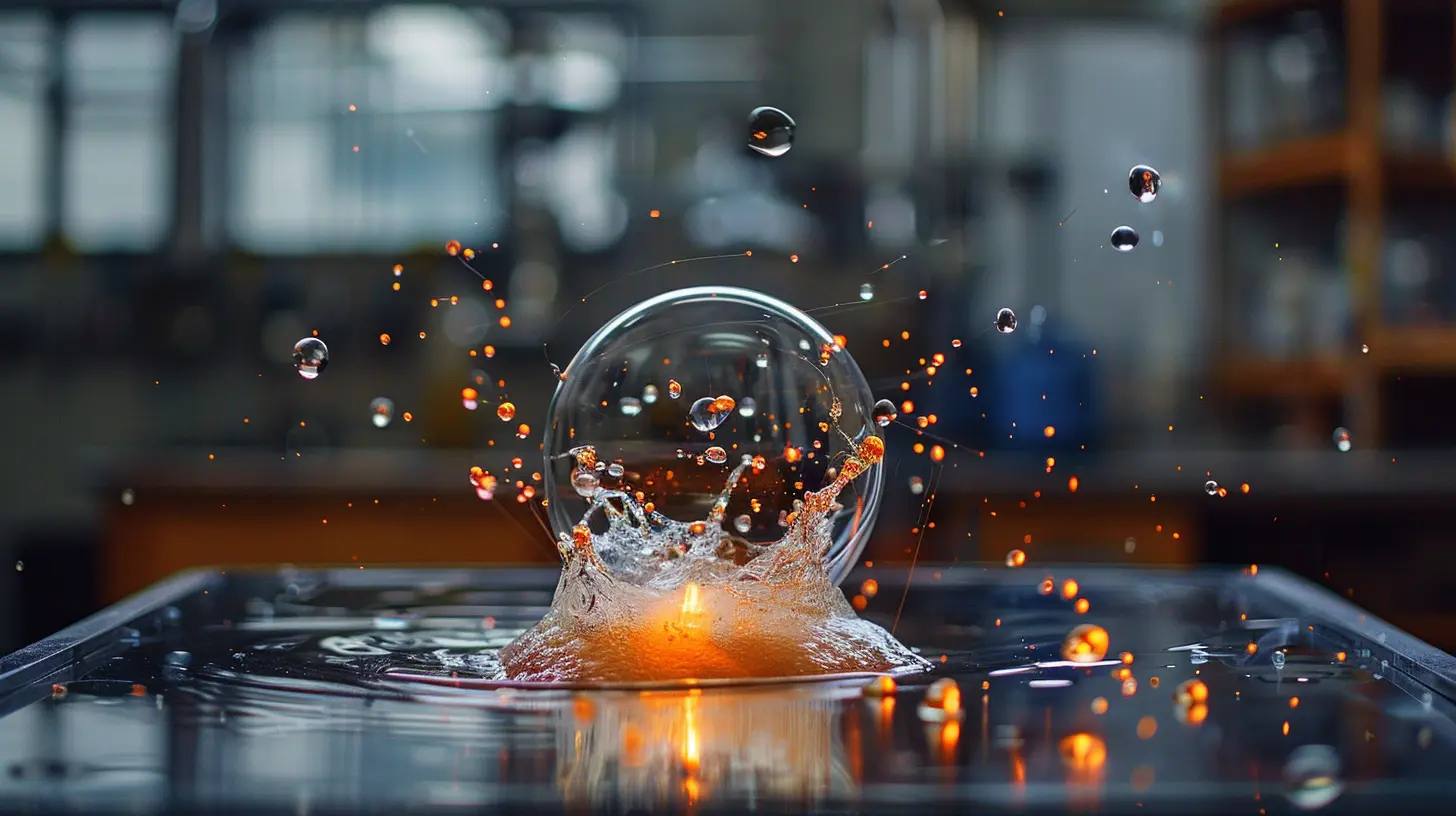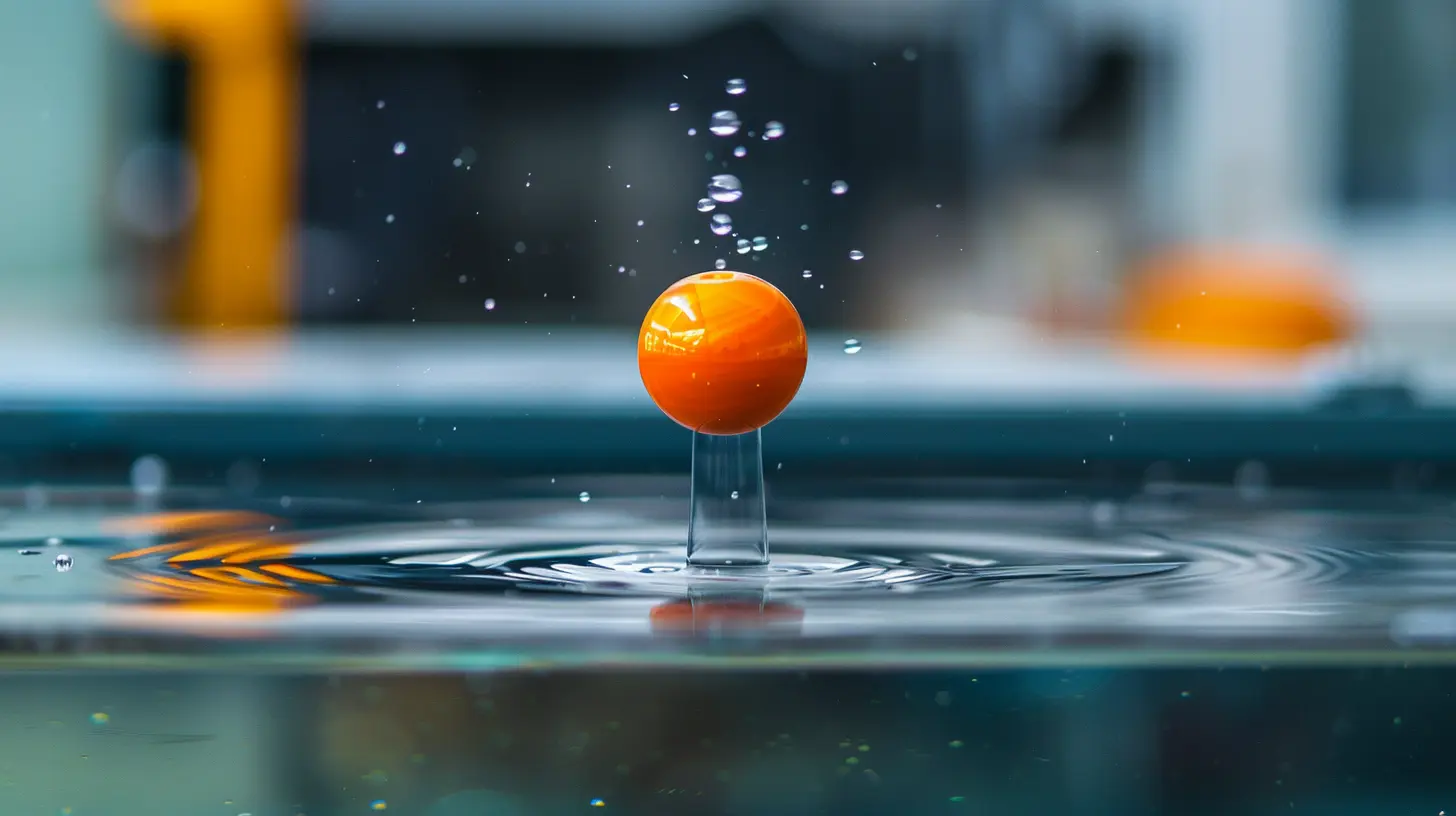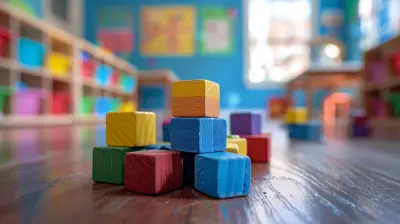The Power of Friction: Fun Experiments to Understand Motion
9 September 2025
When we think of motion, a lot of us might picture fast cars, roller coasters, or even astronauts floating in space. But have you ever wondered what actually makes things move — or stop moving? It's not magic, it's friction. Friction is that invisible force that impacts how things slide, roll, or come to a halt. And here's the best part: you don't have to be a scientist in a lab to understand it. With a few fun experiments, you can see the power of friction in action right at home!

What Exactly Is Friction?
Before we dive into the exciting experiments, let’s break down what friction is in simple terms. Friction is a force that opposes motion, meaning it resists things from moving or slows them down if they’re already in motion. Imagine you're pushing a toy car across the floor. When you stop pushing, the car doesn't keep rolling forever, right? That’s because friction between the car's wheels and the floor is slowing it down.In fact, without friction, life as we know it would be pretty challenging. Walking? Forget about it. Driving? Nope. Everything would just slip and slide all over the place! So while friction may seem like a nuisance when you’re trying to move something heavy, it’s actually a lifesaver (literally!).
But enough talk. Let’s get hands-on and explore the power of friction through some exciting experiments!

Experiment 1: Slippery Slopes – How Surface Texture Affects Friction
Materials You’ll Need:
- A toy car or a small object that can roll- A ramp (you can use a piece of cardboard or a book propped up)
- Different surfaces like sandpaper, a towel, a smooth table, and aluminum foil
Instructions:
1. Set up your ramp on a flat surface.2. Place the toy car at the top of the ramp, but don’t let it go just yet!
3. Start with one surface (say, the smooth table). Place it at the bottom of the ramp where the car will land.
4. Release the car and watch how far it rolls after it leaves the ramp.
5. Repeat the process with each surface (sandpaper, towel, aluminum foil).
6. Measure how far the car travels for each surface and compare your results.
What’s Happening Here?
Each surface has a different texture, and that texture creates varying amounts of friction. A smooth surface, like a polished table, has less friction, so the car will roll farther. Rough surfaces, like sandpaper or a towel, have more friction, slowing the car down.This is a fantastic way to visually understand that the rougher the surface, the more friction there is, and the more friction there is, the harder it is for objects to move. That’s why it’s easier to slide on ice than on a gravel road – friction is lower on ice!

Experiment 2: The Heat of Friction – Rubbing Hands Together
Materials You’ll Need:
- Just your hands!Instructions:
1. Hold your hands out in front of you.2. Rub them together quickly for about 10 seconds.
3. Stop and notice how your hands feel.
What’s Happening Here?
Do your hands feel warmer? That’s friction at work! As you rub your hands together, the surfaces of your skin create resistance, which generates heat. This is a simple but powerful way to experience the energy created by friction.This principle is the same when it comes to car brakes. When you press the brake pedal, the brake pads rub against the wheels, creating friction that slows the car down. At the same time, this friction produces heat, which is why brakes can get very hot!

Experiment 3: Friction and Weight – Does Heavier Mean More Friction?
Materials You’ll Need:
- A small object (like a book)- A larger object (like a heavier textbook)
- A smooth surface (like a table)
- A rough surface (like a carpet or towel)
- A ruler or measuring tape
Instructions:
1. Place the small object on the smooth surface and gently push it. Measure how far it slides.2. Now place the heavier object on the same surface and push it with the same amount of force. Measure how far this one slides.
3. Repeat this process on the rough surface.
4. Compare how far each object moved on both surfaces.
What’s Happening Here?
You’ll likely notice that the heavier object doesn’t slide as far as the lighter one, especially on the rough surface. That’s because heavier objects press down harder on a surface, increasing the friction between them. The more friction there is, the harder it is for the object to keep moving.This is why it feels much harder to push a heavy piece of furniture across the floor than it does to move a lightweight chair. The heavier the object, the more friction it creates with the surface it’s on.
Experiment 4: Racing Liquids – Friction in Fluids
Materials You’ll Need:
- A long, clear tube or a straw- Water
- Cooking oil
- A stopwatch or timer
- A small marble or bead
Instructions:
1. Fill the tube halfway with water.2. Drop the marble into the tube and time how long it takes to sink to the bottom.
3. Now empty the tube and fill it halfway with cooking oil.
4. Drop the marble into the oil and time how long it takes to sink this time.
5. Compare the times.
What’s Happening Here?
The marble moves slower in the oil than in the water because of something called fluid friction. Different liquids have different amounts of resistance, or viscosity. Water has less resistance, so the marble sinks faster. Oil is thicker, meaning it has more friction, so the marble sinks more slowly.Fluid friction is the reason why it's harder to run in water than on land and why swimming through molasses would be nearly impossible (not that you’d ever want to do that!).
Experiment 5: Friction and Shoes – Why Some Shoes Are Better for Running
Materials You’ll Need:
- Different types of shoes (like sneakers, sandals, and dress shoes)- A flat surface (like a floor or table)
- A measuring tape or ruler
Instructions:
1. Place one shoe on the flat surface and give it a gentle push.2. Measure how far it slides.
3. Repeat with the other types of shoes.
4. Compare how far each shoe traveled.
What’s Happening Here?
You’ll likely notice that shoes with rubber soles (like sneakers) don’t slide as far as shoes with smooth soles (like dress shoes). That’s because rubber creates more friction with the surface, which is why sneakers are great for running – they help you grip the ground and avoid slipping. On the other hand, dress shoes with smooth soles offer less friction, which is why they can be a bit slippery on smooth surfaces.Why Does Friction Matter in Everyday Life?
Friction is everywhere, and it plays a crucial role in our daily lives. Without it, we wouldn't be able to walk, drive, or even hold things in our hands. But friction also has its downsides. It can cause wear and tear on objects, like when the soles of your shoes wear out over time. It also requires more energy to overcome, which is why cars and machines need oil and lubricants to reduce friction and run smoothly.Think of friction like a double-edged sword. On one hand, it helps us stay grounded and safe. On the other hand, too much friction can be a drag – literally!
How to Reduce Unwanted Friction
Sometimes, we need to reduce friction to make things move more easily. That’s where lubricants like oil, grease, or even water come into play. These substances create a thin layer between two surfaces, making it easier for them to glide past each other.For example, if you've ever tried to open a rusty door hinge, you know how hard it can be. But add a little oil, and suddenly the door swings open effortlessly. That’s because the oil reduces the friction between the hinge and the door.
Final Thoughts
Friction may not always be visible, but its effects are everywhere. The next time you slide on ice, rub your hands together for warmth, or notice the soles of your shoes wearing down, you’ll know that friction is the force behind it all.By experimenting with friction, you can see firsthand how this powerful force affects motion in ways both big and small. Whether it's slowing down a toy car on a rough surface or making your hands warm when rubbed together, friction is one of those forces that we often take for granted but is essential to our world.
So go ahead, try these experiments at home, and see how friction influences your everyday life. You might just gain a whole new appreciation for this "slippery" force!
all images in this post were generated using AI tools
Category:
Science ExperimentsAuthor:

Bethany Hudson
Discussion
rate this article
1 comments
Samuel Thornton
Great insights! Excited to try!
September 25, 2025 at 12:21 PM

Bethany Hudson
Thank you! I'm glad you found it inspiring—enjoy the experiments!


